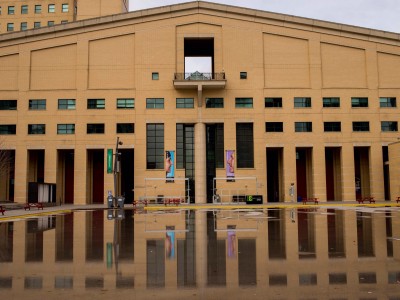
While billions of dollars were recently committed to guarantee the construction of the Hurontario LRT, Mississauga is still working out what it will need to pay annually to operate the service when it opens in four years’ time, alongside other unknown design costs to make the Hurontario corridor a world class boulevard.

On Friday, Premier Doug Ford announced $560,000 for 50 new seats in skilled trades training apprenticeships at Sheridan College's Davis Campus in Brampton, which will help fill jobs in high demand. The move came after he cancelled $90 million for a new Brampton university campus.
The announcement featured the premier, two ministers and a local MPP, the type of show that usually comes with tens of millions of dollars, not $560,000. The week before, Ford stood before rows of officers and police vehicles and other local and provincial politicians to announce money for Peel police that appears to be little more than a continuation of previous funding.
All of it begs the question: is Ford's recent show of support nothing more than politicking, with very little to actually help our rapidly growing region?
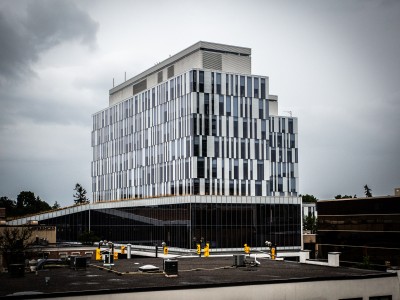
For decades, Brampton planned its growth around the power of the car, and not the voices of residents. Then, in May 2018, the city finalized its 2040 Vision, a document filled with public input and urban planning prowess.
As part of the Vision, the city is holding a speaker series at its downtown Rose Theatre. The latest event welcomed human-centered urbanist Zahra Ebrahim, who spoke about the need to engage with residents meaningfully throughout the entire planning process.
Ebrahim’s position was reinforced by the audience present on the night itself. In a near-empty theatre, only four council members were in attendance to hear urban planning leaders talk about the city’s most important decisions.
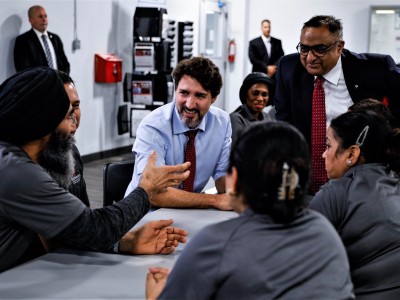
After the economic bailout in 2009, the new USMCA, replacing the NAFTA, offers another lifeline to the auto industry. There’s little doubt the deal will ease the anxiety of workers, like the ones who gathered in Brampton Thursday to clap and shout “Trudeau-Trudeau-Trudeau” as the PM greeted them on his tour of ABC Technologies.
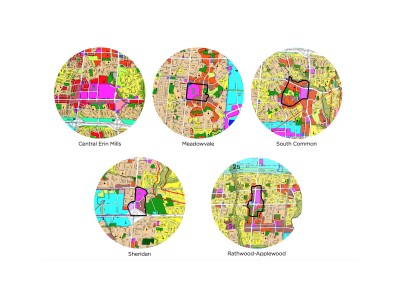
Still littered with malls and plazas, Mississauga is looking to increase its density as the city grows upwards. One step toward achieving this goal is to update the city’s Official Plan, its guiding planning document, to prepare for a future of walkable, dense communities.
Next Monday, city councillors will consider plans to completely reshape areas of the city including Erin Mills, Meadowvale and Sheridan.
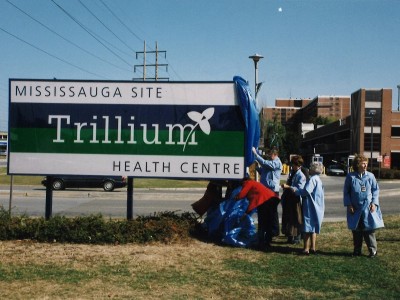
Across the next two decades, the number of people using Mississauga and Halton’s health network is set to rise by almost 50 percent. Before 2035, the area expects to welcome an additional 650,000 new residents. Although Trillium Health Partners, responsible for hospitals in Mississauga, may not be experiencing the same scale of hallway healthcare pressures as neighbouring Brampton, it is not immune to similar challenges.
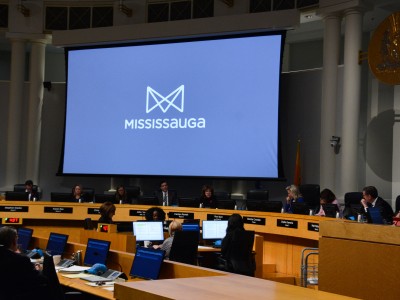
Mississauga Council just can’t seem to agree on how to redistribute its electoral boundaries to make them more reflective of population increases. There has been no redrawing of the council map since 2006, even though the city has grown by more than 100,000 people.
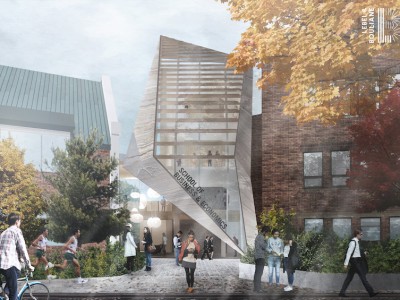
While 83 percent of Brampton residents want a university, that doesn’t mean they’ll get one. From a checkered past of provincial support in the city to a lack of solid details on how a post-secondary institution could conceivably be built, Brampton’s plans for a new university are hanging in the air.
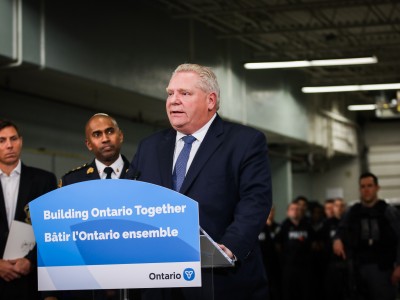
On Friday, enthusiasm was electric in response to Premier Doug Ford’s commitment to Brampton’s healthcare crisis that many viewed, and shared on social media, as a promise to build a third hospital in the city.
Alas, things weren’t as they seemed.
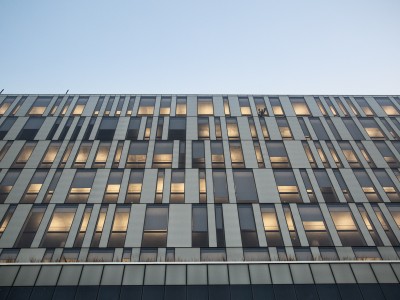
Transit, healthcare and infrastructure have been on Brampton’s wish list for the province for years. After being rejected by government after government, ignoring Brampton may not be an option for any party looking to retain power in the province.
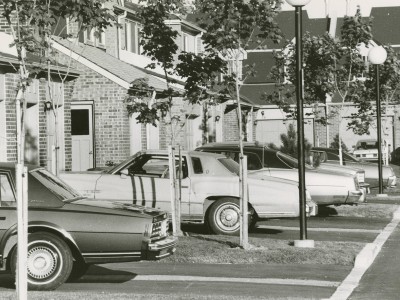
In both Brampton and Mississauga, the car was king for decades. Wide city roads were built with property tax dollars, while developers were mandated to provide swathes of parking for each home, shop and office.
As these two cities continue their journey towards density and modernity, archaic parking restrictions have become a hindrance. In June 2019, Mississauga accepted a parking plan, taking a modern approach to vehicle planning and moving to reduce the city’s systematic support of the car. As it considers its 2040 Vision, Brampton wants to do the same.
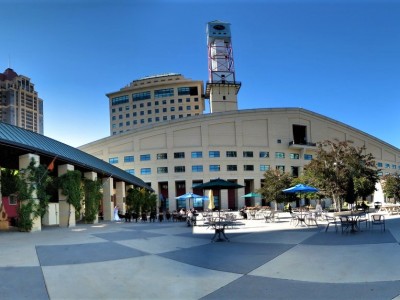
After deferring the vote by a month, Mississauga City Council approved budgets for 2020, including a 4.52 percent hike in the city hall budget and a small increase to the stormwater collection fee. These increases were reluctantly agreed to by councillors, some of whom wanted to see lower cost increases for residents.
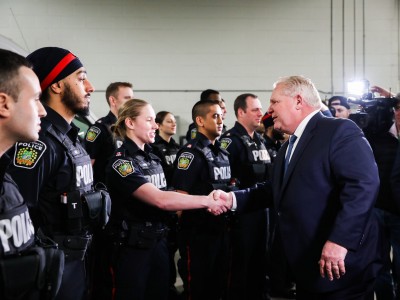
Premier Doug Ford was in Mississauga last week to announce $20.5 million for Peel police to prevent and battle violent crime.
Ford’s tough on crime rhetoric and the strong showing by Peel Regional Police was enough to suggest this was a significant moment, a time when Peel would finally turn the tide against violent crime that has been growing across the region for the last few years.
While nobody said it, the investment is the status quo and leaves Peel police still looking for further assistance to make up a budget shortfall.
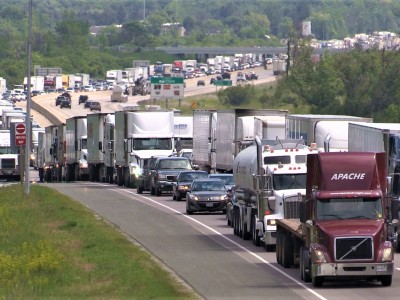
The great promise of a new-look mayor and council after the 2018 municipal election was that they would remain steadfast in their support of the 2040 Vision document that was a by-product of thousands of hours of meetings and discussions with the Brampton public. Those tenets were embraced as more than a vision but a real game plan for future growth. A blueprint.
But recent signs are worrying. Embracing the 2040 Vision might only go so far. The latest planning decisions on the Queen Street East Corridor and the GTA West Corridor stand in sharp contrast and make the city look inconsistent in its long-term outlook.
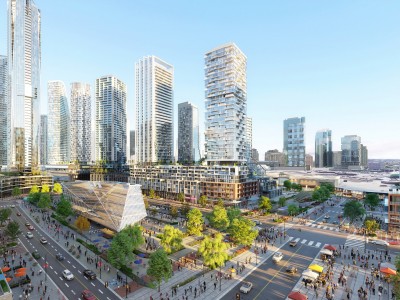
Oxford Properties, the owner of Square One Mall, has announced a project that will alter downtown Mississauga forever. The ambitious development plans include 37 towers which will replace acres of parking with dense housing, office space and walkable streets. While this project is fueled, in part, by the upcoming taxpayer-funded Hurontario LRT, the developer isn’t planning to give back to the city by constructing affordable housing units.
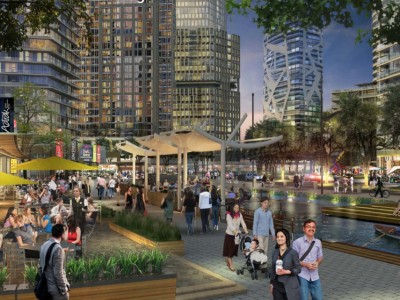
Residents were invited to a special council meeting Wednesday to learn how the city will implement a shift away from bad urban planning towards a dynamic city of the future. It seems like an earlier initiative driven by input from more than 13,000 local residents might need some modifications.
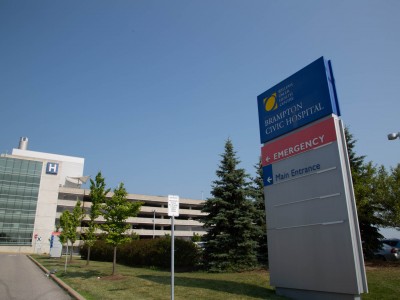
On Wednesday, after pleaful delegations from the Concerned Ontario Doctors organization were delivered to city council, Brampton officially declared a healthcare emergency. Each year, thousands of patients wait in hallways to be treated at Brampton Civic, the city’s lone full-service hospital. With a second hospital operating as a ‘glorified walk-in clinic,’ the city is unprepared to deal with its staggering care crisis.

In January 2019, the parent and grandparent program was heavily criticized after it closed to applications in less than ten minutes. People living in Brampton, Mississauga and across Canada hoping to reunite with their loved ones were left disheartened. Two days before 2020 applications were set to open, the submissions were delayed with no fixed date in sight. Now, the program faces further uncertainty.
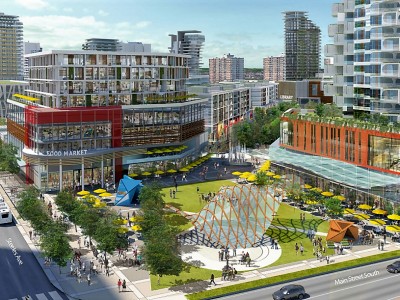
The Vision, an aspirational document shaped with the input of more than 13,000 residents seeking to make Brampton a future ready city of dynamic complete communities, could come with a hefty price tag. Will council members be willing to follow through on a master strategy, if it means those same residents will have to pay for much of what they want?
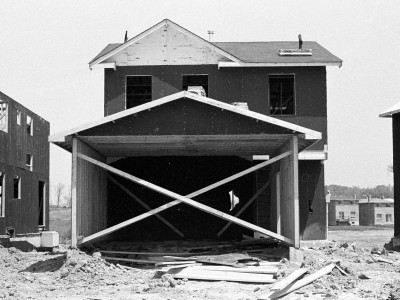
Once upon a time, Mississauga was a suburban dream, where large lots played host to front lawns, back lawns and multi-car garages. These days, the city is building upwards, with towers springing up left, right and center as it moves towards a denser future. However, the cost of years of urban sprawl is still coming to bear on the city’s taxpayers, with an ever-growing infrastructure gap and significant debt in the city’s books.

Brampton’s tree canopy has been suffering for years and it could take decades before it returns to its former glory, despite all initiatives the city has taken to reverse its decline.
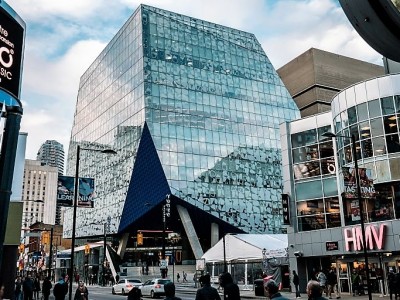
The push by Mayor Patrick Brown and local councillors to bring BramptonU to the city, to finally create a full post-secondary university campus in the country’s ninth largest municipality, is getting plenty of attention from staff involved in the marketing campaign.
But lost in the city’s press releases, the designated website and a YouTube-video are any real details of how the strategy will work and tangible evidence the city can even get such a monumental project done.
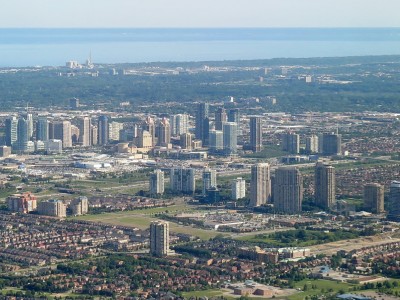
Daniel Amsler and Brianna Robinson have seen it all. Both work for Mississauga Community Legal Services, helping low-income renters protect themselves in a heated housing market. As defenders of struggling tenants, both are intimately aware of the city’s plethora of illegal secondary units. However, with high rental rates in Mississauga and a lack of options, the lawyers warn that if the city starts cracking down, local residents could end up on the streets.
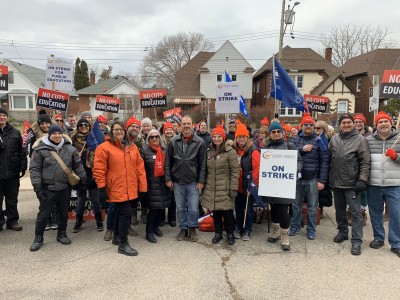
For the first time in 20 years, all four of Ontario’s teachers’ unions are taking job action.
Next week, elementary teachers and Catholic teachers across the province will take part in a one-day strike, the latest in a string of efforts by the union to propel ongoing bargaining in their favour.
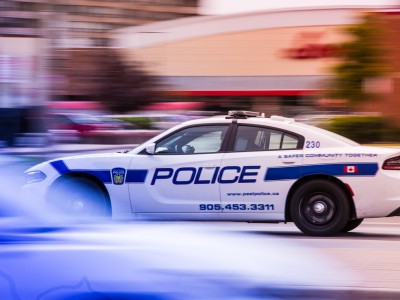
Six provinces in Canada have penalties for residents who waste emergency resources by needlessly calling 911, ranging from thousands of dollars in fines to short prison sentences. In Ontario, no such legislation exists. With the rate of inappropriate calls received by Peel police rising every year, Mississauga is considering how to address the ongoing negligence.
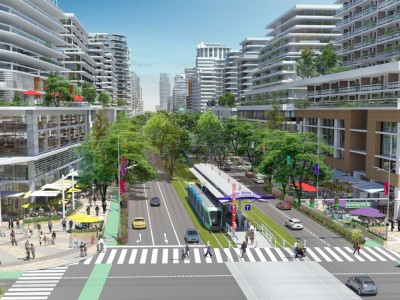
A vibrant arts scene not only has the power to create a beautiful city, but the ability to promote development and job creation.
Brampton’s vision for 2040 relies heavily on a strong arts and culture community and the creation of spaces dedicated to nurturing young creatives.
Enter the Agency, a new group dedicated to supporting Brampton’s ailing arts sector, and transforming it into the foundation for the city’s future plans.
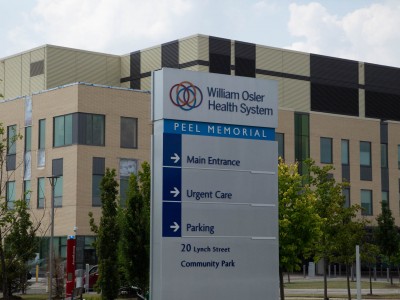
As initial plans for Phase II of the Peel Memorial Centre expansion are set to be submitted to the province at the end of this month, the City of Brampton and William Osler Health System have received some unwelcome news.
Recent word from the province suggests the city and Osler will need to come up with much more money than originally thought, possibly hundreds of millions more.
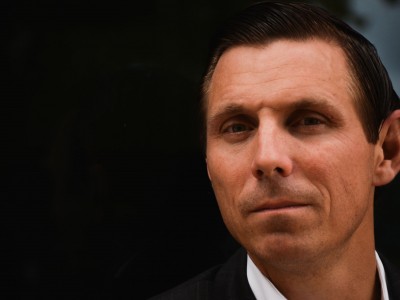
Mayor Patrick Brown wants a tax freeze, a move that boosts his popularity among property owners.
Last year he was able to achieve his campaign pledge of freezing local taxes with some creative accounting and delayed investment in small projects that most taxpayers don't pay close attention to.
Holding the line on taxes won't be so easy this year, especially with the province demanding tens of millions of dollars for the expansion of Peel Memorial.
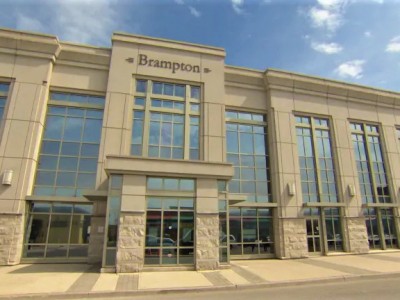
Brampton’s court system is at a breaking point, with little help on the horizon. Recent admissions by the province of Ontario about its struggling appointment process for judges offers little hope as future pressures loom.
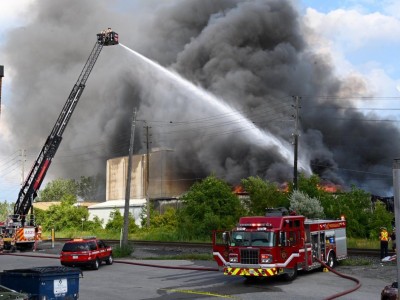
Despite explosive growth in its population from 2006 to 2019, Mississauga did not add a single fire truck or firefighter across this 13 year period.
With the fire service’s response time sitting at almost nine minutes in 2018, more than double the national standard, continued investment is desperately needed in Mississauga as the population grows and fire fighting infrastructure continues to age.

In 2016, the Region of Peel brought in a bylaw banning the smoking of shisha products inside buildings and on patios. The new rule was protested by the owners of several hookah bars in the area, who said the ban would drive them out of business. The legal fight made it all the way to the Supreme Court, which recently quashed the appeal, leaving local business owners with few options moving forward.

With the rise of violent crime in Peel over the last few years, Peel police have had to consistently devote more resources to solving the more heinous, highly public crimes, spreading thin a workforce that is already too small for a region this size.
The hard work has paid off, with Peel police maintaining high solvency rates for these violent crimes, but at what cost?

As the cost of living continues to skyrocket in Mississauga and Brampton, more and more families find themselves relying on food banks. These last resort safety nets offer help to those who cannot afford to put food on their table, with the number of people using them generally considered a good barometer of a city’s poverty. However, while the Mississauga Food Bank keeps detailed records and produces statistical data, food organizations in Brampton are more disorganized with nobody keeping track. As a result, councillors at the Region of Peel have a dilemma when it comes to finding solutions, without statistics to guide their decisions.
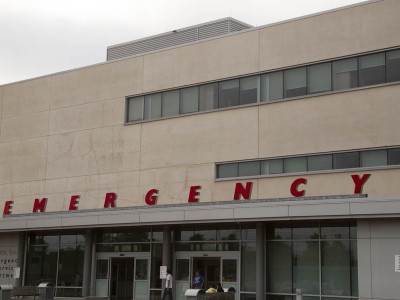
Over the course of 2019, the provincial government made a series of announcements for hospital redevelopment projects across Ontario. However, in Brampton, where the city’s frontline healthcare providers are being crushed under the pressure of trying to serve a growing city with only one full-service hospital, they were continuously left out. Now, with the government’s first infrastructure announcement of the new year, that trend is continuing.

When the province offered cities across Ontario cash to help them host legal cannabis stores, Mississauga said no. Referencing concerns surrounding the locations in which stores might spring up, the city’s council was cautious.
As the province looks ahead to more changes in the cannabis industry and edible products go on sale, some are beginning to wonder if Mississauga shot itself in the foot by declining provincial funds.
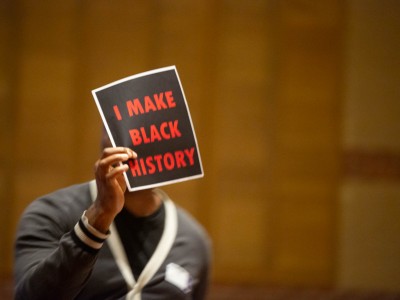
Everyone with skin in the region’s public education system (whatever the colour) knows the impact of demographic changes, but a recent second school survey has managed to drill even deeper into the core of our school system’s strengths and weaknesses, right down to the hallways and classrooms. Trustee Kathy McDonald knows this year, and the next decade will also be a critical one in addressing anti-Black racism that has plagued the PDSB for years.
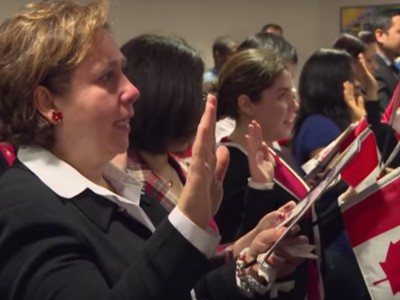
In January 2019, the updated parent and grandparent reunification process came under harsh criticism as it closed just nine minutes after opening. Across Mississauga, Brampton and Canada as a whole, people who had hoped to bring their relatives to live with them were left disappointed, frustrated and forced to wait another year to try again. However, just as January 2020 was about to present a second opportunity to invite relatives to Canada, the Liberal government slammed on the brakes.
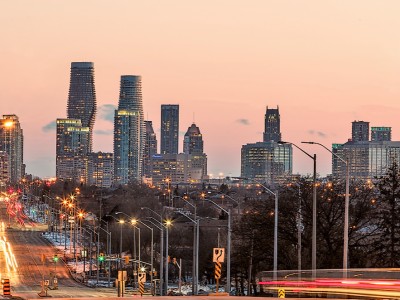
Mississauga’s heated rental economy looks set to get hotter still in 2020, with a projected cost increase of eight percent across the next 12 months. A split in responsibility for housing between the city and the region alongside some reluctant developers has put further pressure on the housing market as it continues to move out of reach of ordinary residents.
With high rents an issue across the GTA, the province and federal government partnered in December to create a housing benefit for Ontarians, offering a short-term fix. The $1.4 billion scheme will offer rental support to 5,200 families across the province, despite doing little to solve systemic issues of supply.
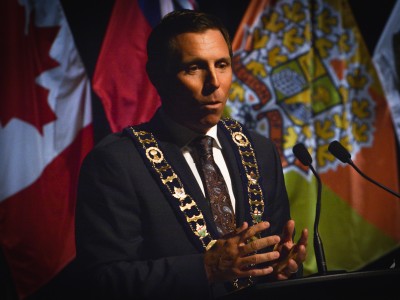
When John F. Kennedy circled himself with loyal lieutenants, he pushed out many with the knowledge and expertise to help lead his country at a crucial time. His shortened presidency, despite the disturbing behaviour revealed after his assassination, is remembered as one of the greatest in American history.
For Patrick Brown, questionable decisions to hire inexperienced senior staff with checkered pasts, will only be overlooked if he and his team start getting significant wins for Brampton.

It’s becoming unavoidable. Any future urban planning must include the caveat of preparing for the looming impacts of climate change. For Peel Public Health, our warming planet has become a key threat to the well being of residents.
As the new decade dawns, a recently released plan lays out the public health agency’s priorities for the next 10 years, and how it will deal with global warming, its impact on a rising tide of mental illness and a healthcare system the most vulnerable often can’t access.
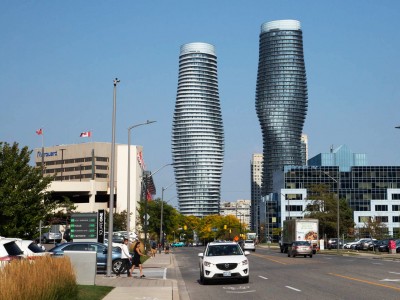
Mississauga adopted a Vision Zero strategy in 2018, targeted at reducing pedestrian fatalities on its roads to zero. Since endorsing the policy, the city has moved slowly on potential changes, but with its proposed 2020 budget, council could make its biggest commitment yet.
The document suggests the hiring of a fulltime team leader for the project, alongside significant investment in automated speed cameras for the city.
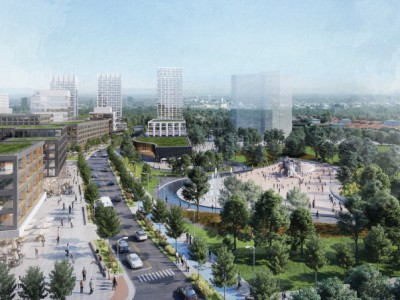
Early in the new year, Brampton will face a major checkpoint in the city’s journey to a denser, more urban future.
A rezoning request for the Shoppers World redevelopment will be received on January 13, with plans in place to turn the mid-sized mall into a retail and residential space with 28-storey towers and nearly 5,000 living spaces. The plan could mark one of the first significant shifts toward the goals of Brampton's 2040 Vision.
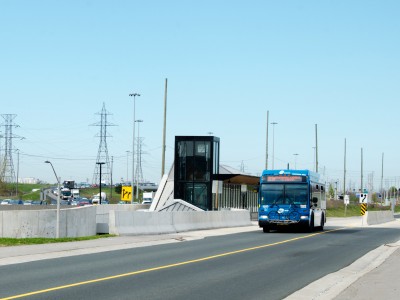
The Mississauga Transitway has been a divisive piece of infrastructure since its creation, with many questioning the location in which it was built. Now, new figures provided to The Pointer by the city reveal the ridership measurement methods used by MiWay have inflated its transitway numbers, with real ridership significantly lower than reported.
Per-stop data for the system also reveals a major disparity in usefulness between stops along the route with one stop, Cawthra, averaging just 52 daily boardings.
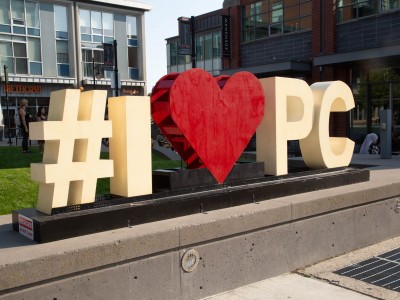
It has been a long time since anyone in Mississauga considered the city to be an extension of Toronto, but further afield, it’s a reputation that continues to haunt the country’s sixth largest city.
With its international image and tourist appeal still clouded by its big cousin, the city is now exploring ways to break the mold. In 2020, a new tourism organization will be established with the aim of creating and distilling Mississauga’s identity before selling it to the rest of the world.
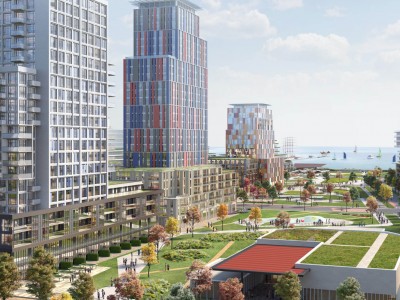
The conceptual images of Lakeview Village are idyllic. They show families enjoying open green space, modern mixed-use buildings, and the beauty of Lake Ontario spreading out in front of sleek condos. However, what the images don’t show is the smell which could be wafting through the headline development when the wind blows the wrong way.
The invisible risk to this key housing development comes from a wastewater sewage facility just 120 metres from where people are slated to live.

A program that has seen great success in the United States, identifying approximately 1,200 victims of human trafficking, is expanding into Canada for the first time.
Truckers Against Trafficking (TAT) offers training and education to the trucking industry to help turn thousands of sets of eyes and ears that travel the nation’s highways — areas frequently used by traffickers — into crime-fighting tools to spot these pimps at work. A horrific case in the U.S. serves as an example of how truckers here can help fight this brutal crime.
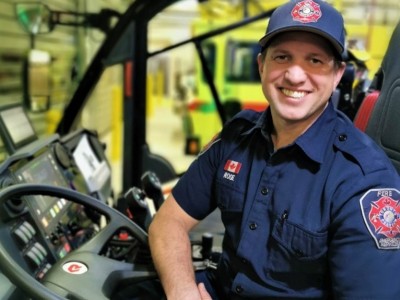
While thousands across Peel spend Christmas and Boxing Day with their families, some will wake up in the wee hours to get to work. With public transit services limited for the holidays, it takes longer for some to commute on a day when everyone else is resting. As most relax, someone has to keep vital services running across Brampton and Mississauga.

In the Region of Peel, shelter facilities for the homeless have been stretched for years. Every budget, worries around tax increases and other financial pressures leave the region’s housing crisis as a problem for the next year. Though homelessness is now an unavoidable issue, between 2018 and 2019, some beds were taken away and some added through the region’s shelters, leading to a net increase of five spaces in total.
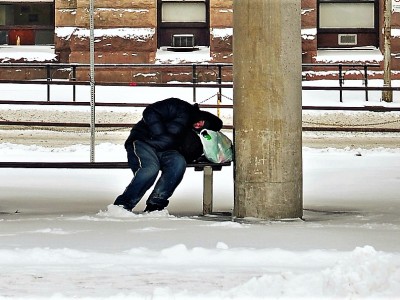
While highly-paid public officials pontificated about justice for taxpayers and the structure of the region, debating optics that impact their political fortunes, issues such as affordable housing, the growing crisis of homelessness, public health and child care funding were largely ignored during the just-completed budget approval process. Emergency shelters are groaning under the strain of ever soaring demand as winter arrives, but those most in need this holiday season have once again been ignored.
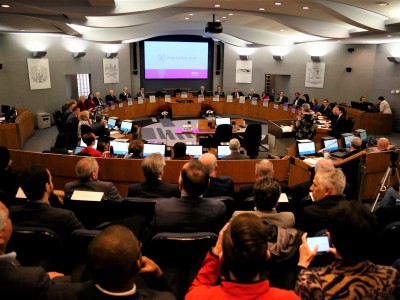
Regional Council celebrated the approval of the 2020 Peel budget with much praise for staff who were able to trim a little more from an already lean budget, resulting in a 1.5 percent tax increase in the regional share of the property bill, down from the initially proposed 1.7 percent. The most recently proposed police budget was not touched, despite a council request to trim it.
While council members celebrated their efforts on the tax increase, what wasn’t mentioned was the utility rate jump which spiked from an initial 6.3 percent increase to 7.2 percent.